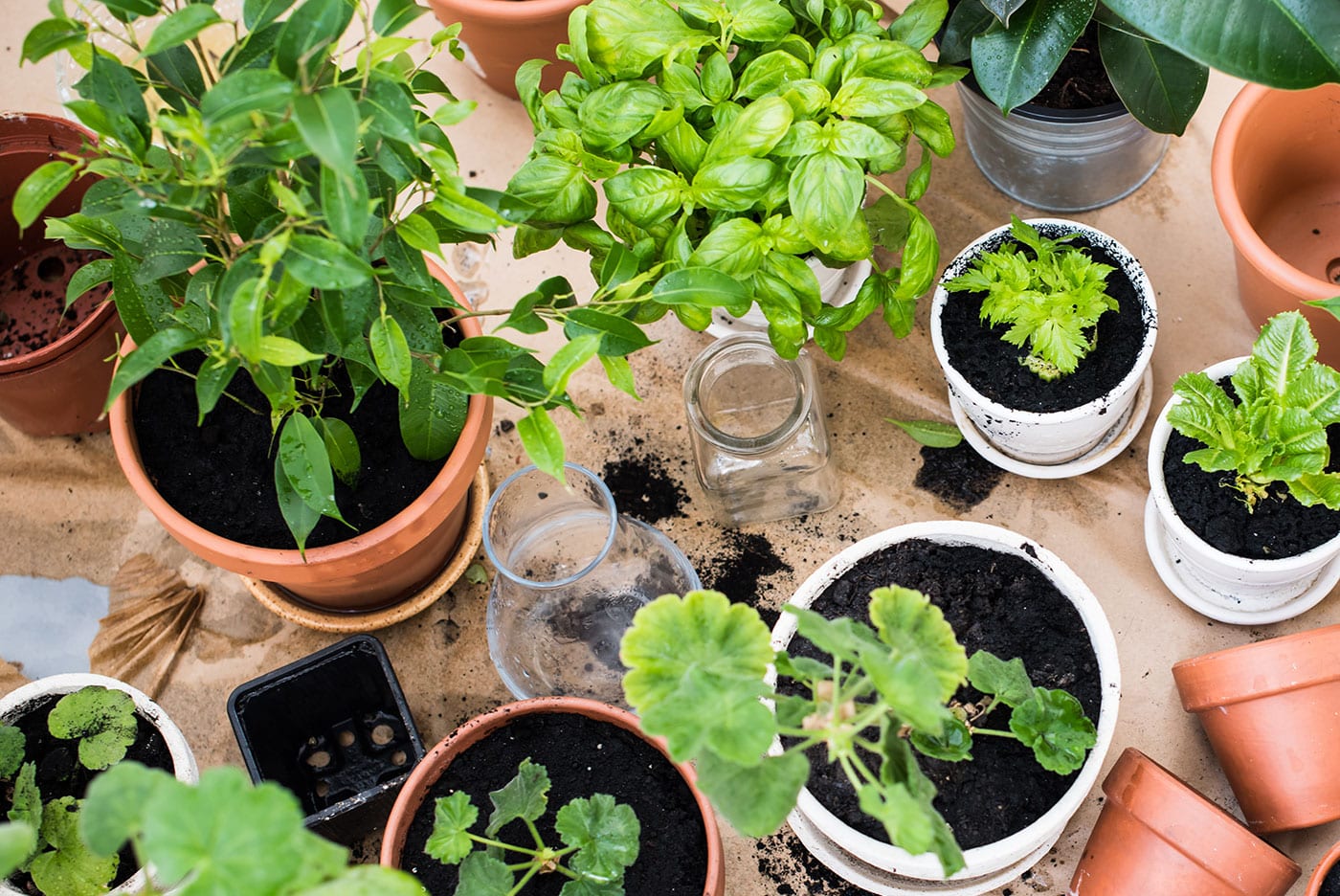3 Things to Help Your House Plants Transition From Being Outdoors to Indoors
Ease your house plant’s transition back indoors by keeping these three things in mind:
- Timing
- Debug
- Change Your Watering & Fertilizing Routine
Timing: Make a plan to slowly acclimate your plants back to the indoor environment. Watch temperatures and make sure they are ready move in before overnight night temps dip below 45-50 degrees. Start by reducing light levels by placing them in a shady spot for a couple of weeks before moving them inside.
Debug: Check your plants for pests, such as aphids, scale and spider mites. Beyond just a quick look, take time to turn leaves over to check the underside. Also, look closely along stems and even in the dirt. Spray with insecticidal soap if you see any. Even if you don’t notice any bugs, it’s a good idea to spray off gently with the garden hose. You can also use Safer Houseplant Sticky Stakes in your plants to prevent pests from hopping plan to plant.

Change your Routine: Winter is a rest period for most plants. Many plants slow their growth in the winter, which means they require less fertilizer and water. Wait until spring for your next fertilizing. Monitor their water needs closely to make sure you don’t overwater. Ideally, let the top half inch of the soil get dry to the touch before you water. Moister meters are helpful to monitor watering needs of indoor plants. Place saucers under your plants to make sure the water does not ruin your furniture or window sill.
Hopefully these steps will make your plant’s transition indoors this fall an easy one.

